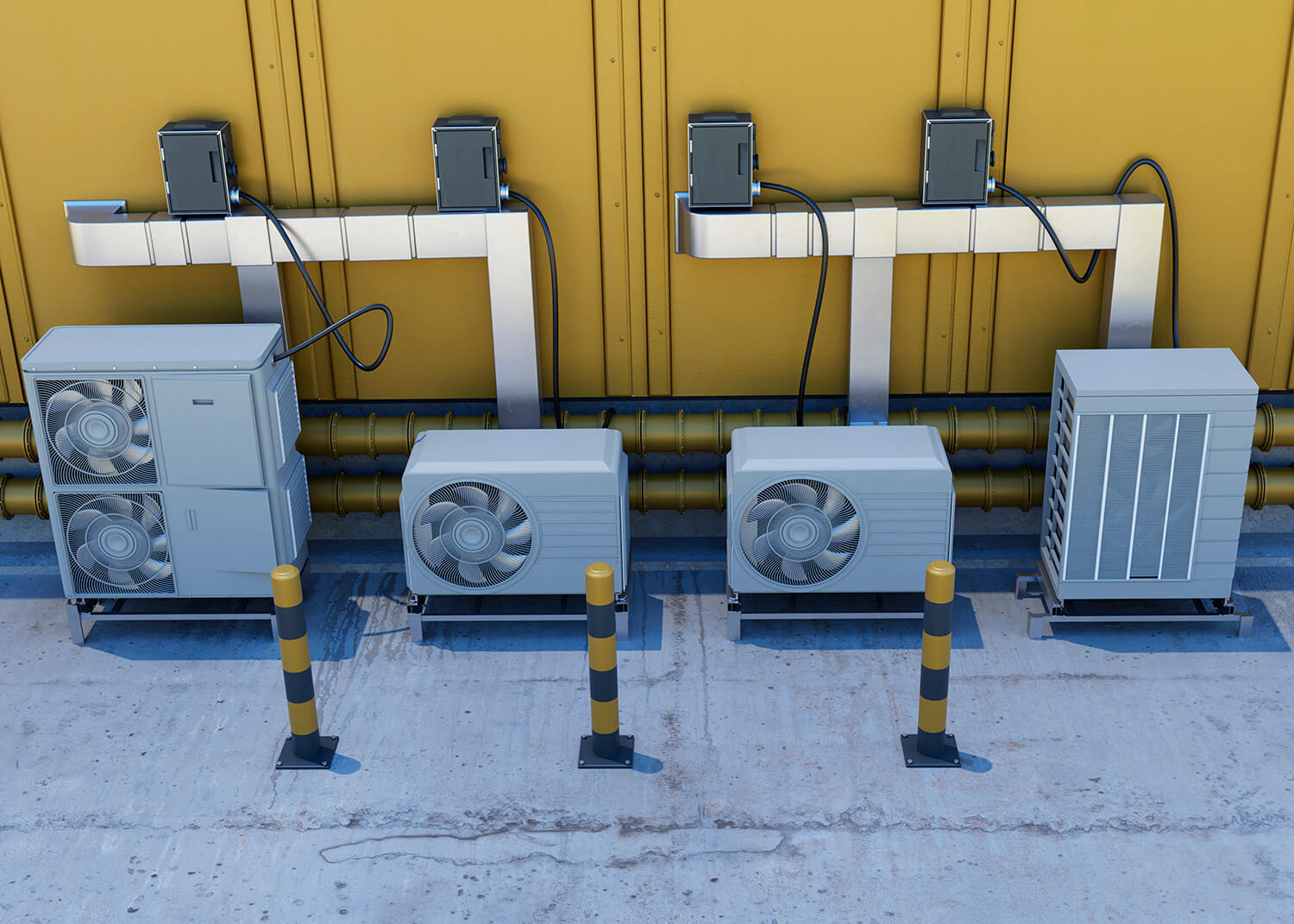About a year ago, we had some major problems with the hot water heater.
After feeding the kids lunch, I began to fill the sink in order to wash dishes.
I noticed that the water coming from the faucet was so hot that it created steam. I decided to check the water heater and water pump in the basement. As soon as I started down the stairs, I heard what sounded like running water. I then saw that the basement was flooded. Extremely hot water was pouring out of the water heater. I immediately shut off the water to the entire house and contacted a licensed local plumber. The plumber promised to come by the house once he’d completed his jobs for the day. This left us without water for more than six hours. We couldn’t flush the toilets, wash our hands, take a shower or do laundry. I was unable to wash the dirty dishes leftover from lunch. When the plumber arrived, he confirmed that the water heater had ruptures. It took him about an hour to install a brand new water heater. For several days, the new water heater worked perfectly. However, the water gradually turned black and developed a really unpleasant smell. I googled the problem and learned that the cause was the anode rod. This rod is installed into water heaters to attract minerals such as calcium and rust. It prevents the minerals from getting into the water. The hardness of our water overwhelmed the anode rod. It was actually contaminating our water supply. Removing the anode rod negates the manufacturer’s warranty of the water heater. Unfortunately, I had no choice.
